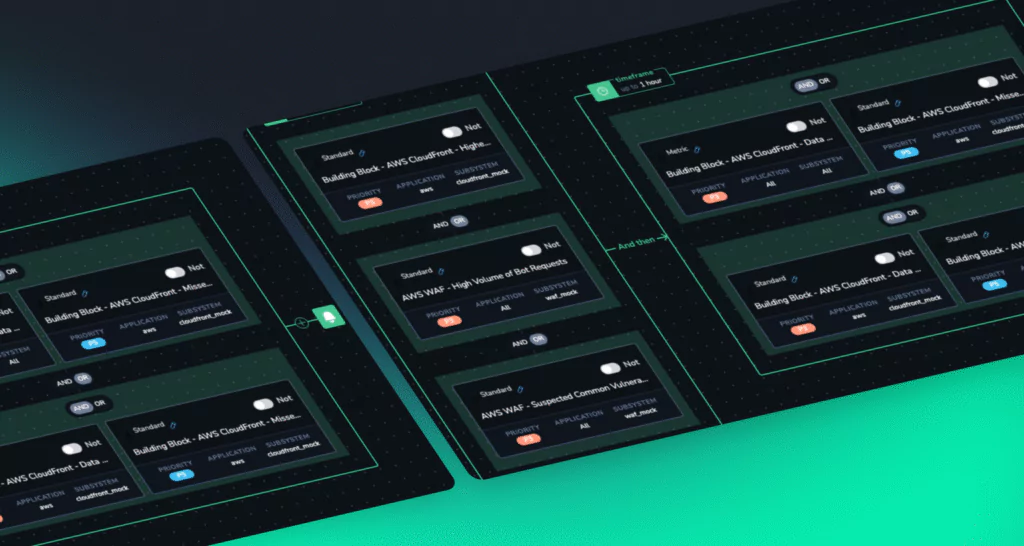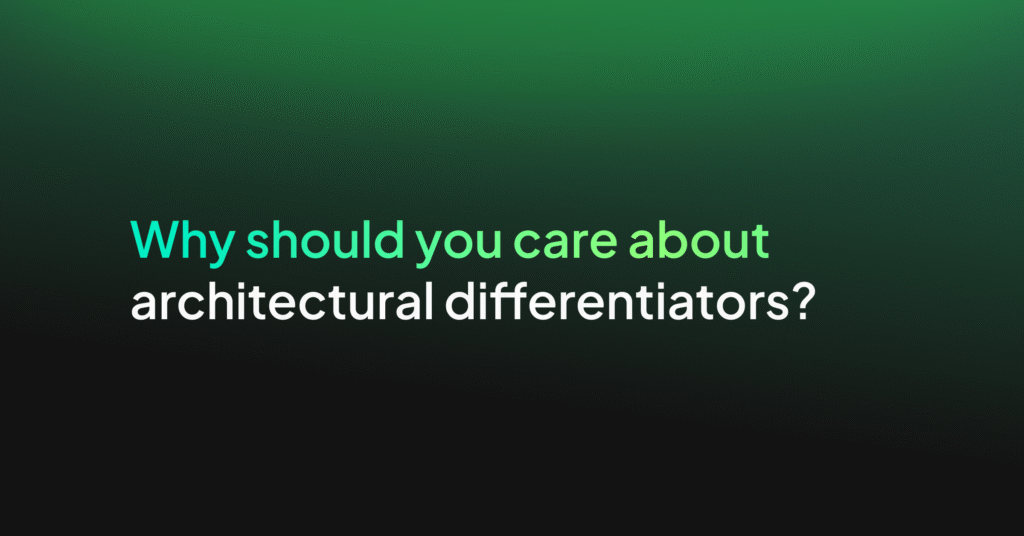Force Multiply Your Observability Stack with a Platform Thinking Strategy

Platform thinking is a term that has spread throughout the business and technology ecosystem. But what is platform thinking, and how can a platform strategy force multiply the observability capabilities of your team?
Platform thinking is an evolution from the traditional pipeline model. In this model, we have the provider/producer at one end and the consumer at the other, with value traveling in one direction. Platform thinking turns this on its head, allowing groups to derive value from each other regardless of whether they are the users or creators of the product.
In this article, we will unpack what platform thinking is, how it fits into the world of software engineering, and the ways in which using platform thinking can revolutionize the value of any observability stack.
Platform Thinking – A Simple Explanation
Traditionally, value is sent from the producer to the consumer and takes the form of the utility or benefit gained upon engagement with whatever the product/service happens to be in each case. Financial value obviously then travels back up the pipeline to the owner of said product/service, but this isn’t the kind of value we’re concerned with here.
It should go without saying that any successful change to a business model (be it technological or organizational) should lead to an increase in financial value. Otherwise, what would be the point in implementing it?
Platform thinking is certainly no exception to the end goal being profit, but the value we’re discussing here is a little more intangible. When we say ‘value’ we are referring to the means by which financial ends are achieved, rather than the ends themselves.
So How Does Platform Thinking Apply to Engineering?
The above explanation obviously makes a lot of sense if your curiosity about platform thinking stems from financial or business concerns. However, that’s probably not why you’re reading this. You want to know how platform thinking can be applied to your technical operations.
It’s great that platform thinking could generate more revenue for your company or employer, but in your mind this is more of a convenient by-product of your main aim. You’ll be pleased to hear that the benefits of implementing a platform thinking approach to your operational processes will be felt by your engineers and analysts before they’re noticed by the company accountant.
As we covered in the previous section, the value added by platform thinking comes in the enabling of collaboration and free movement of value between groups on the platform. Financial value then comes from the inevitable increase in productivity and quality of delivery that results.
Platform Thinking in a Technical Context
A technical ecosystem founded on platform thinking principles means that everybody involved, be they an individual engineer or an entire development team, has access to a shared stack that has been built upon by everybody else.
Engineers work and build on a foundation of shared tooling which is continuously being honed and refined by their peers and colleagues. Anybody joining enters with access to a pre-built toolbox containing tools already tailored to suit the unique needs of the project.
The productivity implications of this should go without saying, but they’re astronomical. Any engineer will be able to tell you that they spend a disproportionately large amount of their time on configuring and implementing tooling. Platform thinking can significantly reduce, or even remove entirely, the time spent on these activities.
Observability- Why It’s Useful
Observability and monitoring are essential components of any technical ecosystem. Be it project-based development or BAU operations and system administration, a healthy observability stack is often the only thing between successful delivery and system wide outage.
A well-executed observability solution prevents bottlenecks, preempts errors and bugs, and provides you with the visibility needed to ensure everything works as it should. Without observability being a high priority, troubleshooting and endless investigations of the logs to find the origin of errors will define your development lifecycle.
In our highly competitive technology market, the speed and efficiency observability enables can often be the difference between success and failure. Understandably your observability stack is something you’ll want to get right.
Freeing Yourself From Unicorns
Here’s the thing – not everybody is an observability mastermind. The front-end JavaScript developer you hired to work on the UI of your app isn’t going to have the same level of observability knowledge as your back-end engineers or systems architects. It’s going to take them longer to implement observability tooling, as it’s not their natural forte.
Rather than attempting to replace your front-end UI dev with a unicorn who understands both aesthetic design and systems functionality, you could instead implement a platform thinking strategy for your observability stack.
Shared Strength & Relieved Pressure
In any project or team, the most skilled or experienced members often struggle to avoid becoming the primary resource upon which success rests. Engineers enjoy a challenge, and it’s not uncommon to find that the ambitious ones take more and more under their belt if it means a chance to get some more time with a new tool, language, or system.
This is a great quality, and one that should be applauded. However, it also means that when your superstar engineer is out for vacation or leaves for new horizons, the hole they leave behind can be catastrophic. This is especially true when the skills and knowledge they take with them are intrinsically linked to the functionality of your systems and processes.
By implementing a platform thinking approach your investment in your observability stack transforms it into a platform of functionality and centralized knowledge which all engineers involved can tap into. Not only does this reduce pressure on your strongest team members, it also means if they leave you don’t have to find a fabled unicorn to replace them.
A Platform Observability Approach
A platform thinking approach to the observability of your ecosystem enables every developer, engineer, analyst, and architect to contribute to and benefit from your observability stack.
Every participant will have access to pre-implemented tooling which is ready to integrate with their contributions. What’s more, when new technology is introduced, their deployment and configurations will be accessible so that others can implement the same without a substantial time investment.
This in turn significantly increases the productivity of everyone in your ecosystem. The front-end UI developers will be free to focus on front-end UI development. Your systems engineers and analysts can focus on new and creative ways to optimize instead of fixing errors caused by ineffective tracing or logging.
In short, a collectively owned observability platform enables everyone to focus on what they’re best at.
Force Multiplied Observability
The aggregate time saved and pooling of both resources and expertise will have benefits felt by everyone involved. From a system-wide perspective, it will also close up those blind spots caused by poor or inconsistent implementation of observability tools and solutions.
You can loosely measure the efficacy of your observability stack by how often outages, bottlenecks, or major errors occur. If your observability stack is producing the intended results, then these will be few and far between.
With a platform thinking strategy the efficacy of your observability stack is multiplied as many times as there are active participants. Every single contributor is also a beneficiary, and each one increases the range and strength of your stack’s system-wide visibility and effectiveness. Each new participant brings new improvements.
By creating your observability process with a platform thinking led approach you’ll find yourself in possession of a highly efficacious observability stack. Everybody in your ecosystem will benefit from access to the tools it contains, and productivity of your technical teams will leap to levels it has never seen before.




